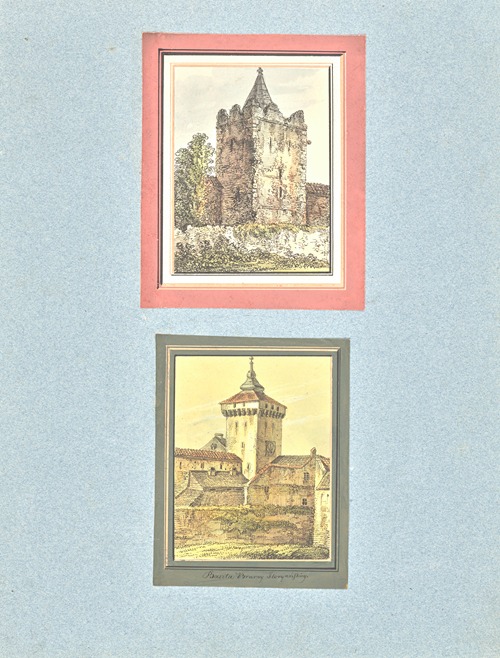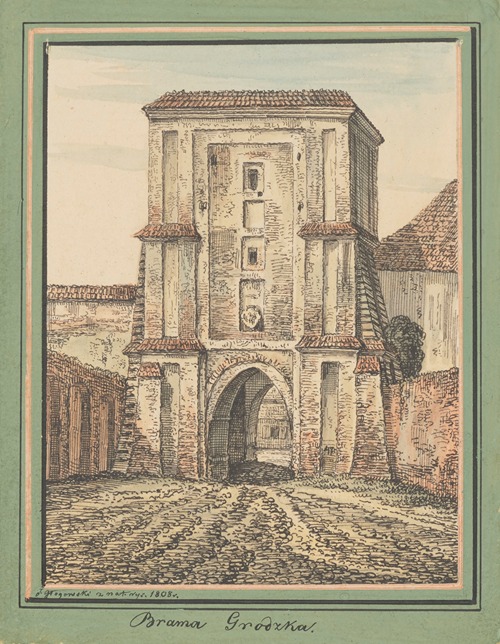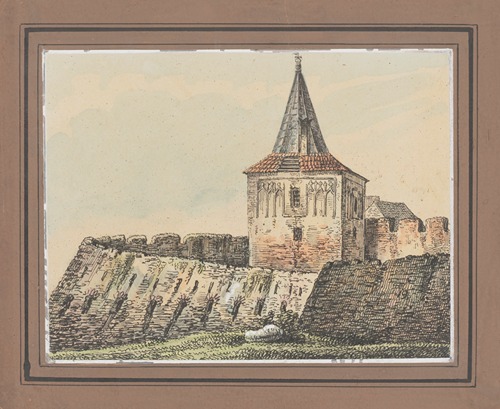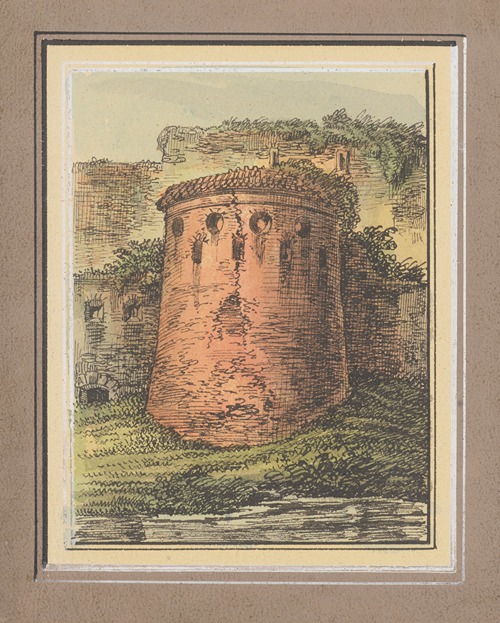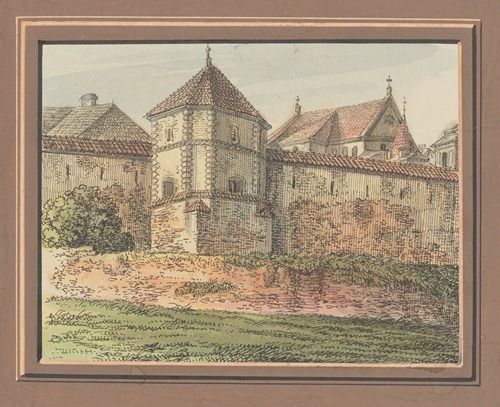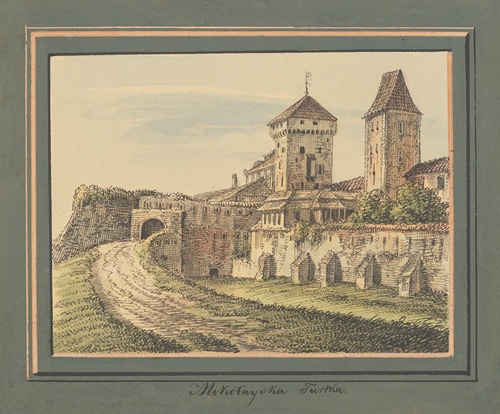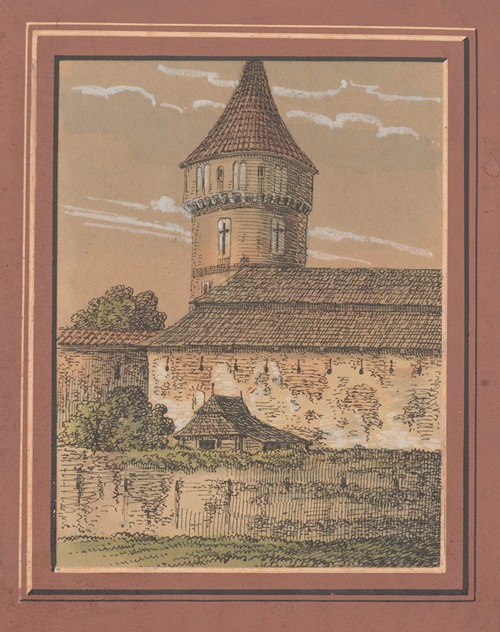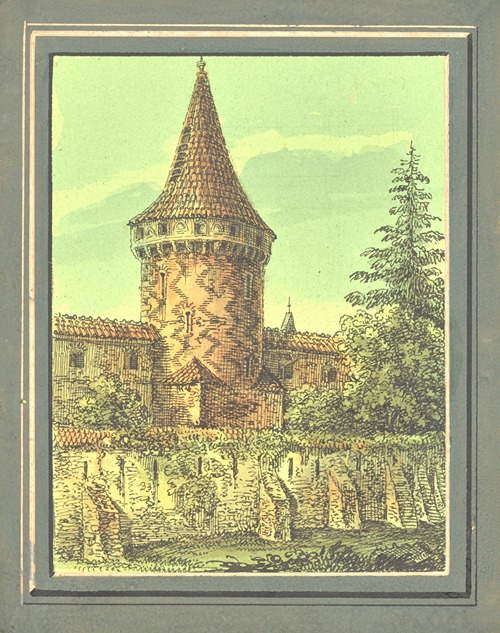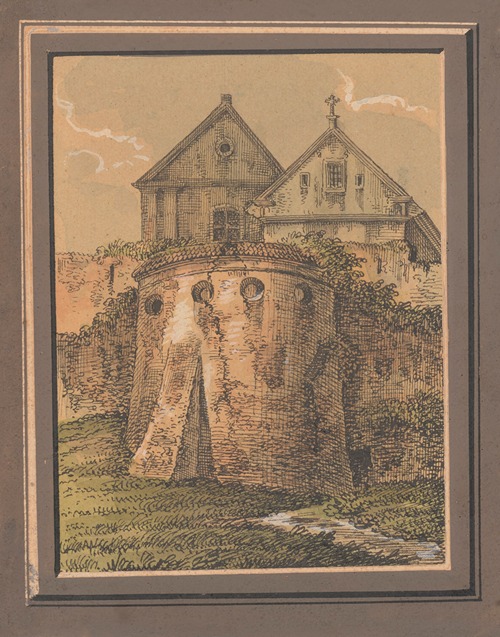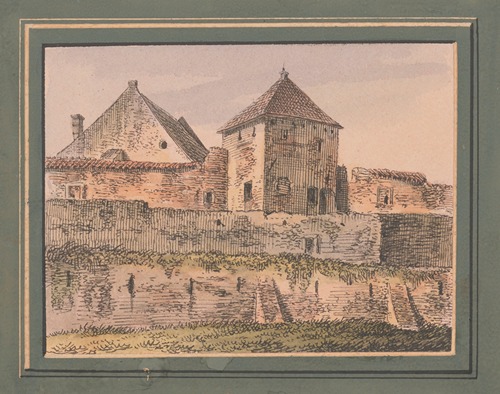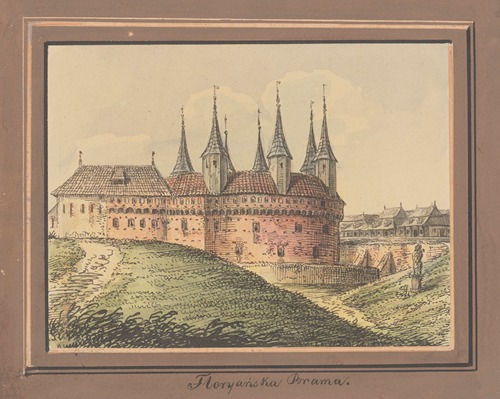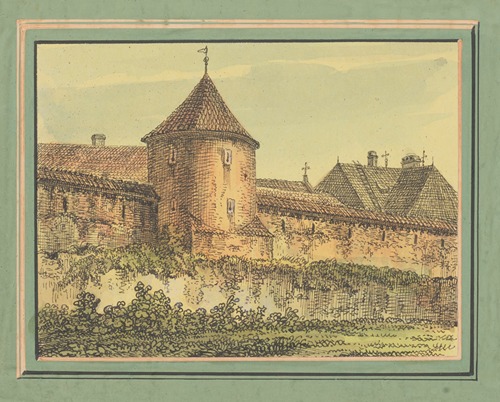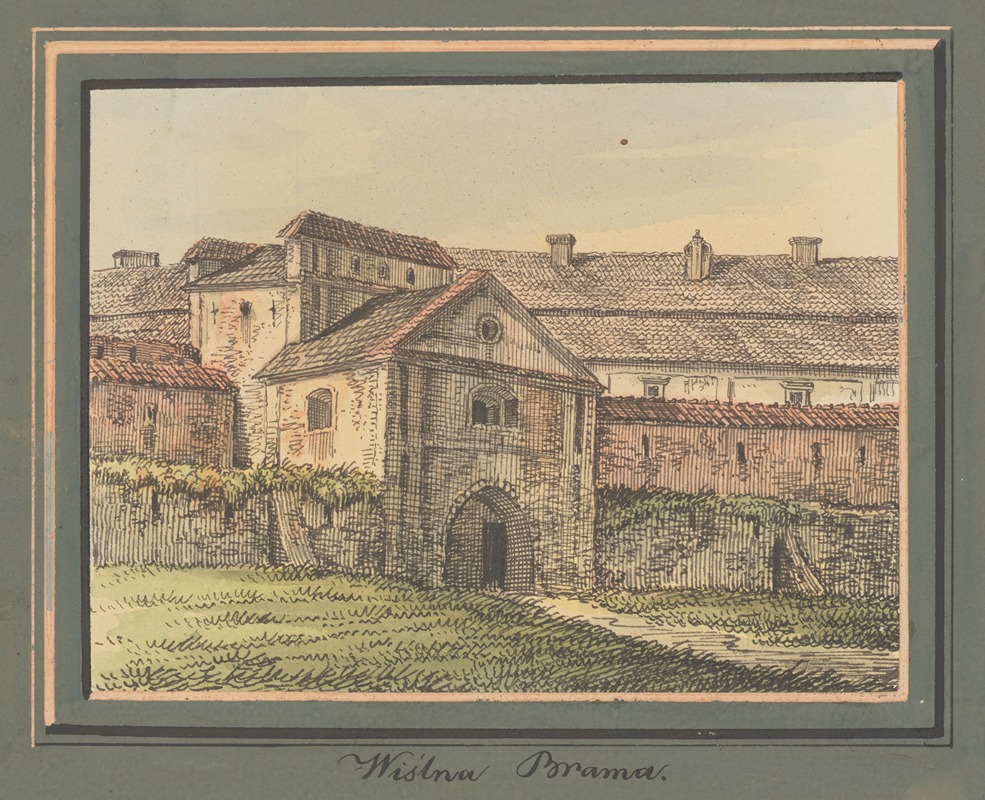
Jerzy Grzymała Glogowski was a Polish architect, builder, painter and ethnographer.
He came from a Polish petty gentry family (son of Jakub Glogowski of the Grzymała coat of arms), and from the age of thirteen studied painting with Ostap Belawski. From 1803 to 1809 he stayed in Cracow, where he worked as a building official during the erection of fortifications. Upon his return to Lviv, he became an architect-coordinator of construction work, and then deputy inspector of the Galician construction supervision.
In 1811 he participated in the reconstruction of the Piarist college into a hospital, and then worked on a project to convert the Potocki Palace in Novosiolki Zahalchytsya into a convent for the Sisters of the Divine Mercy (no information is available as to whether his project was selected for implementation). From 1827 to 1835 he supervised the construction of the new Lviv City Hall (realization of a project by Jozef Markel, František Trescher and Alois Vondráška; he had previously conducted an inventory of the old City Hall and painted it a year before its scheduled demolition. He participated in work on the expansion of the Austrian gubernial administration building (together with Alois Vondráška, Frantz Hellmann, Wilhelm Stengel). Beginning in 1834, for two years he made painting trips west of Lviv, creating in Mogielnica, Dobry, Janow (now Dolina, Trembowa area, Potok Zloty, Podzameczek, Jazlowiec. He painted burghers and peasants in Zaleszczyki, Buczacz, Chorostkow thus collecting invaluable ethnographic material by creating prints and watercolors.
Jerzy Glogowski was a multi-talented man, for thirty years as a building inspector in Galicia and Bukovina he had a significant impact on the introduction of new principles of urban planning, protection of historical buildings and preservation of the natural environment. As an artist, he used various, often completely different techniques, creating prints in pencil, painting watercolors, carving in wood and bone, and creating lithographs. In addition to paintings on occasional themes, he also created designs for triumphal gates and funerary decorations. A valuable part of Jerzy Glogowski's legacy are prints and watercolors on architectural themes, which depict objects that have not survived to our times, including “Views of the city walls of the city of Krakow.” He was also a copyist of paintings that are 16th and 17th century works of western Ukraine, of particular value is a copy of the portrait of Hrichoriy Hulyansky (1836) by S. Lavrov, a copy of the portrait of Stefan Zolkiewski of Sieniawa (1837), a copy of the portrait of Bohdan Khmelnytsky of Podhorce (1837).
Jerzy Glogowski's most important achievement was the creation in 1834-1836 of a series of prints and watercolors depicting Ukrainian folk costumes, both those found in the countryside and in individual towns in eastern Galicia. The entire collection is divided into groups corresponding to particular regions of Ukraine, and the precision of the workmanship is of documentary value, with many of the sketches created in life-size. The collection of 1,700 watercolors and engravings is housed at the Vasyl Stefanyk National Scientific Library of Ukraine in Lviv.
